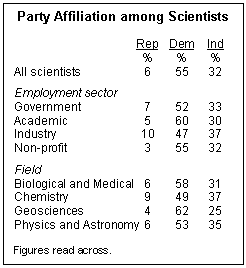Fort Fun Indiana
Diamond Member
- Mar 10, 2017
- 92,563
- 58,361
- 2,645
Heh, I doubt it. You just said somethi g ass backwards wrong earlier that anyone with even a basic undertandingof this topic would know is retarded.I definitely know more about this than you do.
Furthermore, the truth of climate theories doesn't rely on what i know about them. It relies on the evidence. And, while an uneducated slob like you has an opinion worth less than nothing about them, the people who have dedicated their lives to these scientific fields know much more than you. Please, go debate them, so we can all laugh at you.
You know less than nothing about this topic. You have no education or experience in any of these fields, and you say retarded, wrong things about the science that would get you laughed out of a 10th grade science classroom.
But,most importantly -- pay attention -- you have no evidence and are not producing any.
So -- pay attention again -- the consensus and accpeted theories will not be upended by the embarrassing, incessant whining of deniers like you. Not ever. So stop wasting your time.






